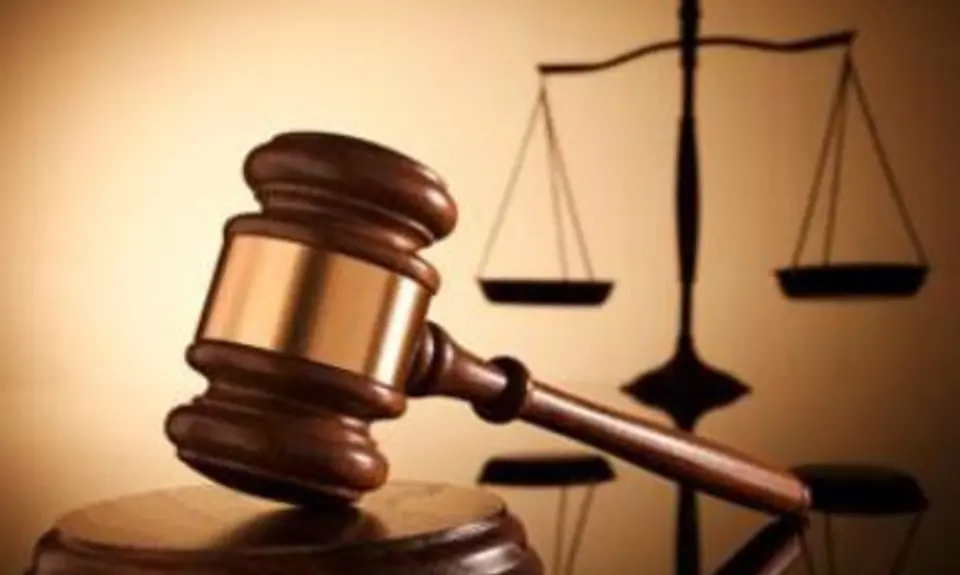“Confirmed Judges, Confirmed Fears” is a blog series documenting the harmful impact of President Trump’s judges on Americans began to ’ rights and liberties. It includes judges nominated in both his first and second terms.
Trump Justices Neil Gorsuch, Amy Coney Barrett, and Brett Kavanaugh cast deciding votes in a 6-3 shadow docket ruling that reversed the DC Circuit and allowed Donald Trump, at least for now, to fire without cause officials at the National Labor Relations Board (NLRB) and the Merit Systems Protection Board (MSPB.) The May 2025 decision was in Trump v Wilcox.
What has happened in this case?
Earlier this year, Donald Trump fired without cause members of the NLRB and MSPB, which adjudicate cases concerning employees’ rights. Federal law provides that these officials are nominated by the President, confirmed by the Senate, and can only be removed “for cause.” Congress’ authority to lmit presidential authority over independent agencies was affirmed in a Supreme Court ruling 90 years ago in the Humphrey’s Executor case.
Each of the fired Board members filed suit in federal court contesting their removal. Trial court judges found for the officials on summary judgment, but those decisions were stayed by a split decision in the DC Circuit. The full circuit then reheard the case and reversed it, so that the decisions in favor of the individuals would go into effect as the case went forward. Using the Supreme Court’s shadow docket, the Administration sought to stay the DC Circuit order while the litigation proceeds, so that the officials can remain fired, at least for now.
How did Gorsuch, Kavanaugh, Barrett, and the court majority rule and why is the result harmful?
In an unsigned 6-3 brief opinion by the three Trump justices and the other three right-wing justices, the Court agreed to stay the DC Circuit order while the case goes forward, so that the NLRB and MSPB officials remain fired for now. The majority claimed that Trump can “remove without cause” executive branch officials “subject to narrow exceptions,” and that while the issue is being resolved on the merits, the government would face “greater risk of harm” from an order allowing the officials to remain in office while the lawsuit is going forward than a “wrongfully removed” officer faces from being stopped from carrying out her duties. The majority specifically noted that this reasoning would not apply to a Trump attempt to fire a member of the Federal Reserve Board because the Board is a “uniquely structured, quasi-private entity” with a “distinct historical tradition.”
On behalf of herself and Justices Sonia Sotomayor and Ketanji Brown Jackson, Justice Elena Kagan sharply dissented. She noted that some 90 years ago, the Court had recognized in the Humphrey’s Executor case that Congress could limit the President’s authority to remove officials of independent agencies like the NLRB or the FTC except “for cause,” as it has done here, but that Trump strongly disagrees with this principle. In this context, she wrote, the majority’s “extraordinary” stay order effectively allows him to “overrule Humphrey’s Executor by fiat”, and without full briefing and argument by the Court on its shadow docket. The resulting harm is not primarily to the fired officials, she explained, but instead the interests of Congress and the public in preserving independent agencies “not fully controlled by the White House.” She criticized the majority for what she termed an “arbitrary” decision to exempt the Federal Reserve.
This case is not over, and will likely lead to a decision on the merits by the Court on whether to preserve independent federal agencies and Humphrey’s Executor. In the meantime, however, the NLRB and MSPB officials will remain fired, harming these agencies and the public interest that they protect, and Trump may well fire, at least temporarily, other independent agency officials (except for the Federal Reserve). In addition, the case illustrates the importance of our federal courts to health, welfare and justice and the significance of having fair-minded judges and justices on the federal bench
